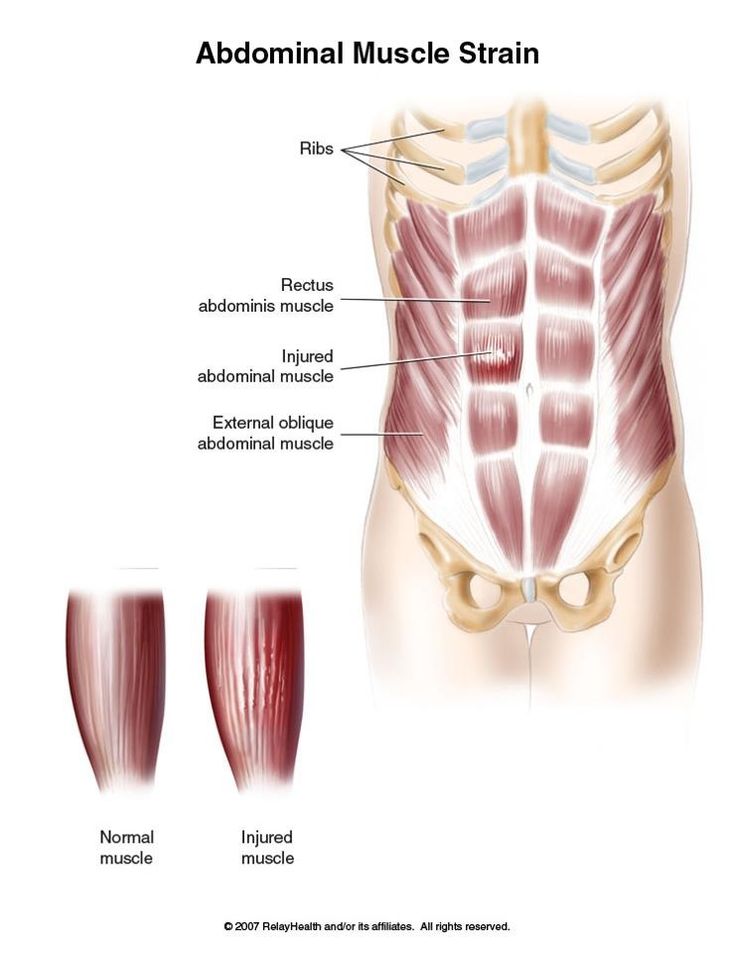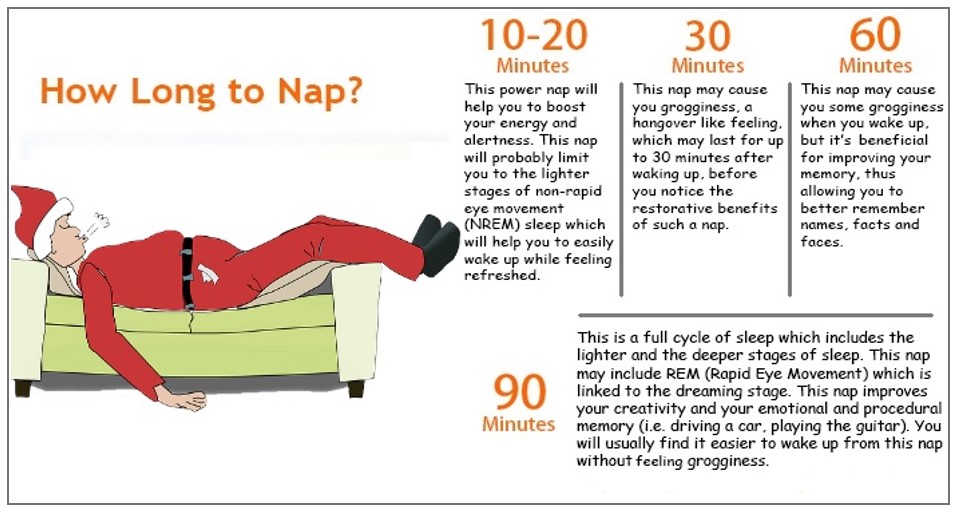Epidurals for childbirth
Epidurals: Meaning and Side Effects of Anesthesia During Labor
An epidural is the most common type of anesthetic used for pain relief during labor. Here’s what you should know before having an epidural, including information that dispels some common myths.
How and when is an epidural for labor pain administered?If you choose to have an epidural, an anesthesiologist will insert a needle and a tiny tube, called a catheter, in the lower part of your back. The needle is removed and the catheter left in place for delivery of the medication through the tube as needed. You can begin an epidural at any time during your labor — in the beginning, in the middle, or even toward the end — in consultation with your physician.
Does it hurt when the epidural is administered?The anesthesiologist will numb the area where the epidural is administered, which may cause a momentary stinging or burning sensation. But because of this numbing, there is very little pain associated with an epidural injection. Instead, most patients will feel some pressure as the needle is inserted.
An epidural provides anesthesia that creates a band of numbness from your bellybutton to your upper legs. It allows you to be awake and alert throughout labor, as well as to feel pressure. The ability to feel second-stage labor pressure enables you to push when it’s time to give birth to your baby. It can take about 15 minutes for the pain medication to work.
How long does the pain relief last?You can continue to receive pain relief through an epidural for as long as you need it. The amount of medication you receive through the epidural can be increased or decreased as necessary.
Can an epidural slow labor or lead to a cesarean delivery (C-section)?There is no credible evidence that it does either. When a woman needs a C-section, other factors usually are at play, including the size or position of the baby or slow progression of labor due to other issues. With an epidural, you might be able to feel contractions — they just won’t hurt — and you’ll be able to push effectively. There is some evidence that epidurals can speed the first stage of labor by allowing the mother to relax.
With an epidural, you might be able to feel contractions — they just won’t hurt — and you’ll be able to push effectively. There is some evidence that epidurals can speed the first stage of labor by allowing the mother to relax.
The amount of medication that reaches the baby from the epidural is very small, and there is no evidence that it causes any harm.
Are there risks and side effects?Epidurals are very safe; serious complications are extremely rare. However, as with all medications and medical procedures, there are potential side effects:
- Decrease in blood pressure – The medication may lower your blood pressure, which may slow your baby’s heart rate. To make this less likely, you will be given extra fluids through a tube in your arm (IV), and you may need to lie on your side. Sometimes, your anesthesiologist will give you a medication to maintain your blood pressure.
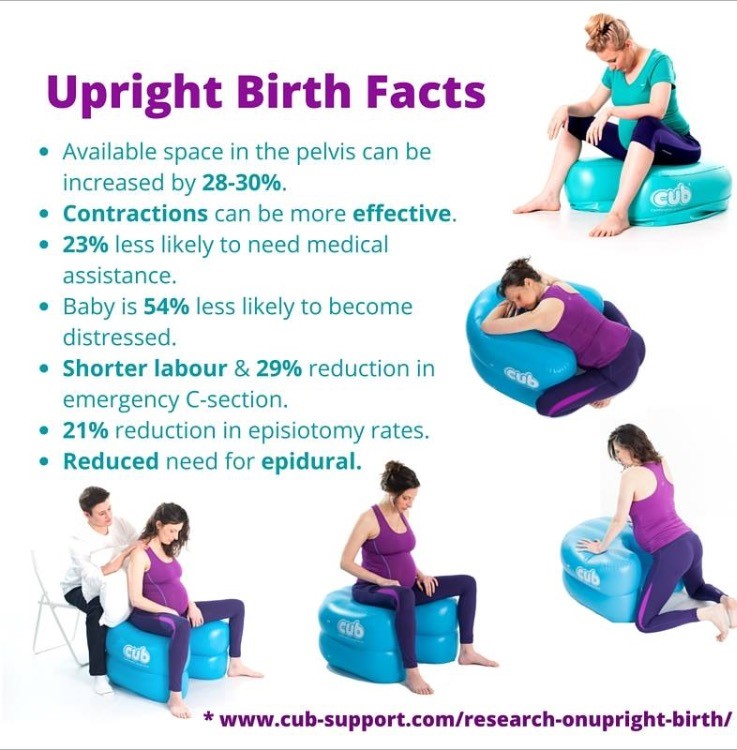
- Sore back – Your lower back may be sore where the needle was inserted to deliver the medication. This soreness should last no more than a few days. There is no evidence that an epidural can cause permanent back pain.
- Headache – On rare occasions, the needle pierces the covering of the spinal cord, which can cause a headache that may last for a few days if left untreated. If this situation arises, discuss the treatment options with your anesthesiologist.
A spinal block is sometimes used in combination with an epidural during labor to provide immediate pain relief. A spinal block, like an epidural, involves an injection in the lower back. While you sit or lie on your side in bed, a small amount of medication is injected into the spinal fluid to numb the lower half of the body. It brings good relief from pain and starts working quickly, but it lasts only an hour or two and is usually given only once during labor.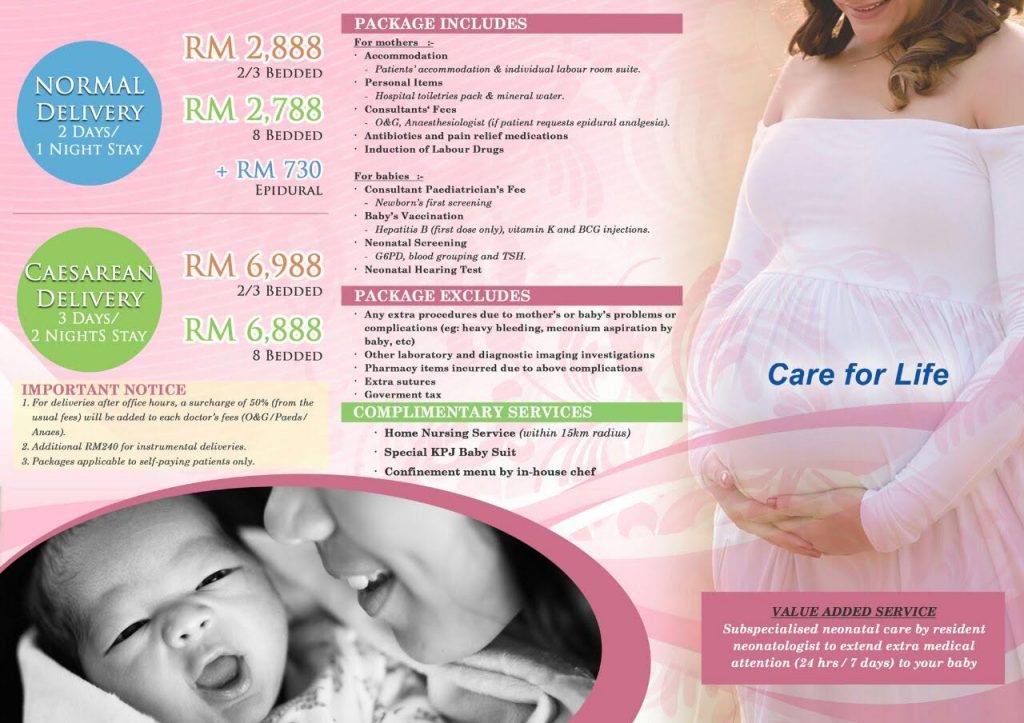 The epidural provides continued pain relief after the spinal block wears off.
The epidural provides continued pain relief after the spinal block wears off.
Anesthesiologists are committed to patient safety and high-quality care, and have the necessary knowledge to understand and treat the entire human body.
Epidural | Pregnancy Birth and Baby
Epidural | Pregnancy Birth and Baby beginning of content5-minute read
Listen
Key facts
- An epidural is procedure used to relieve pain during labour and birth.
- It uses an injection of local anaesthetic in the space around the spinal nerves in your lower back to block pain from contractions.
- Epidurals are usually done during the first stage of labour.
- After an epidural, you’ll need to stay in bed because your legs will be weak, and so that your health and your baby’s health can be monitored.
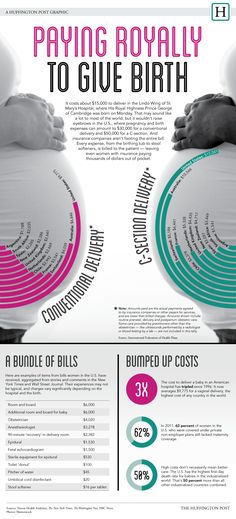
- An epidural does not increase your risk of needing a caesarean section, but it may prolong the second stage of labour and increase your chance of needing an assisted delivery.
What is an epidural?
An epidural is a procedure that injects a local anaesthetic into the space around the spinal nerves in your lower back.
This anaesthetic usually blocks pain from labour contractions during birth very effectively. With an epidural you can usually still push your baby out when you need to.
An epidural is usually done by an anaesthetist.
What does an epidural involve?
Before an epidural, you will usually have a drip for fluids put into your arm.
You will need to sit up and bend forward over a pillow, or lie on your side curled up into a ball. This makes it easier to insert the needle into the right place. It is important that you stay very still during the procedure to avoid complications.
Your lower back will be washed with antiseptic. A small amount of local anaesthetic will be injected into the skin of your lower back. Your anaesthetist (specialist doctor) will insert the epidural needle between contractions, so it is important that you tell them when you have a contraction. The needle will be inserted between the bones of your spine into the space around your spinal nerves.
A small amount of local anaesthetic will be injected into the skin of your lower back. Your anaesthetist (specialist doctor) will insert the epidural needle between contractions, so it is important that you tell them when you have a contraction. The needle will be inserted between the bones of your spine into the space around your spinal nerves.
A small soft plastic tube will be inserted, and the needle removed. The plastic tube delivers the anaesthetic that will numb your pain.
It usually takes between 5 and 30 minutes for the epidural to relieve your pain.
When can I have an epidural?
Usually, if you have an epidural to help you give birth, you will have it during the first stage of labour. You can also have an epidural at any stage of labour.
Who can have an epidural?
Most people can safely have an epidural, but there are some medical reasons that mean it is not possible. It’s a good idea to think about your options for pain relief before the birth.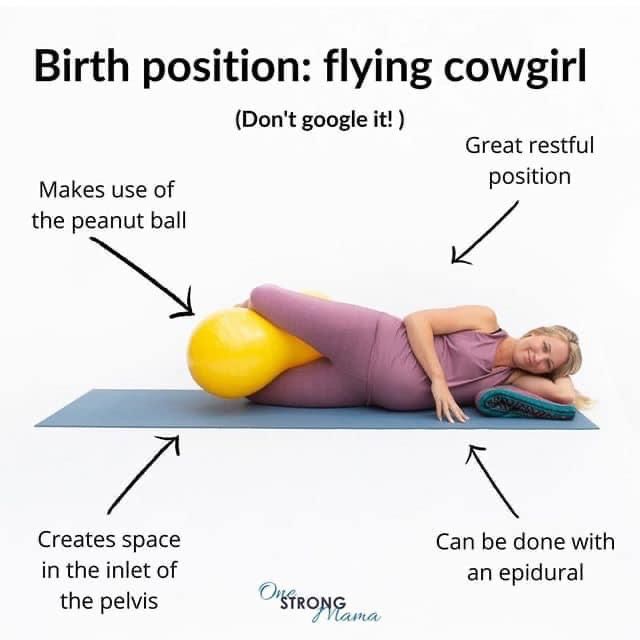 Discuss these with your doctor or midwife, who can help you decide between options that are suitable for you.
Discuss these with your doctor or midwife, who can help you decide between options that are suitable for you.
Epidurals are available at most hospitals, but not in birth centres or during home births.
What are the advantages of an epidural?
Epidurals have many advantages:
- They are usually very effective.
- They are generally very safe.
- After an epidural, you may still be able to move around in bed and push when you need to.
- If you have a long labour, an epidural allows you to sleep and recover your strength.
- If you're having a caesarean, you can stay awake and your partner can be there.
What are the disadvantages of an epidural?
If you have an epidural, you will usually develop some temporary weakness in your legs. This means that you will need to stay in bed to avoid falls.
Since epidurals can cause low blood pressure, you will need to have your blood pressure monitored. You might also need to have fluids given to you through a tube in your arm.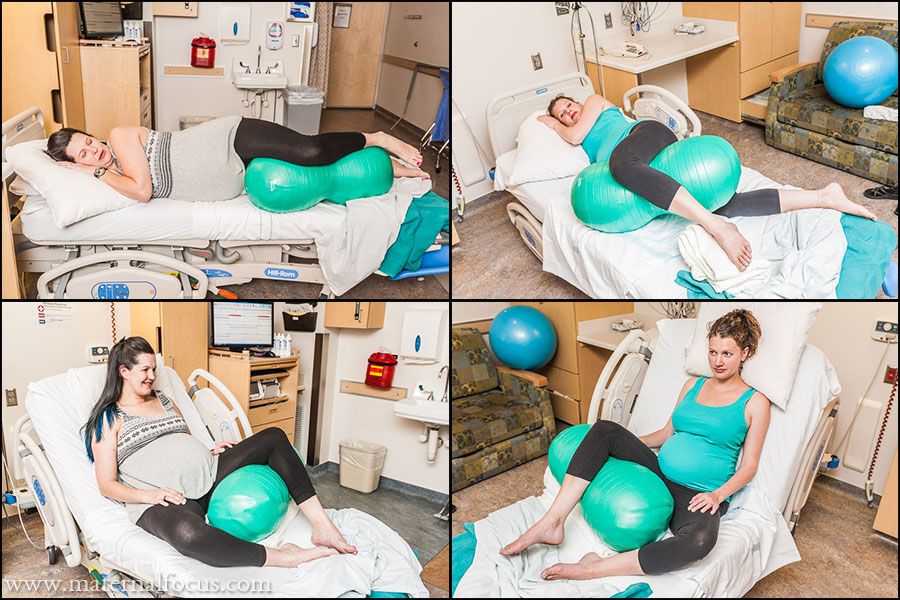
You will also usually need a catheter (tube) in your bladder to help you pass urine, as an epidural can make you lose feeling in your bladder.
Your baby will need to be closely monitored during your labour.
Having an epidural does not make it more likely that you will need a caesarean section. However, it may slow down the second stage of labour, and increase your chance of needing an assisted delivery.
What are the risks of having an epidural?
An epidural is effective and generally safe. But there are some risks:
- Some people feel cold or itchy.
- A small number of people get little or no pain relief.
- Some people develop a bad headache 24 to 48 hours after an epidural.
- There is a small chance of developing an infection.
- Very rarely, an epidural can cause permanent nerve damage.
Epidurals do not directly affect your baby.
What should I ask my doctor or midwife about having an epidural?
You can check:
- If you can have an epidural at your chosen hospital or birth centre.

- What their epidural procedures are.
- If there are any extra costs or fees involved.
- The type of pain relief that might suit your personal circumstances best.
Sources:
Royal Women's Hospital Melbourne (Epidural information), Queensland government (Epidurals), Queensland Health (Epidural analgesia in labour - clinical guidelines), RANZCOG (Pain Relief in Labour and Childbirth), WA Health (Epidurals for childbirth)Learn more here about the development and quality assurance of healthdirect content.
Last reviewed: July 2022
Back To Top
Related pages
- TENS (Transcutaneous electrical nerve stimulation)
- Gas (Entonox)
- Non-medical pain relief during labour
- Pain relief during labour
- Making a birth plan
- Giving birth - stages of labour
Need more information?
Epidurals for childbirth
An epidural can be used to relieve pain during child birth and is very safe. Your anaesthetist will discuss pain relief options with you as part of your antenatal care.
Your anaesthetist will discuss pain relief options with you as part of your antenatal care.
Read more on WA Health website
Pain during childbirth | HealthEngine Blog
Almost all women experience pain during childbirth which varies in severity. There are different pharmacological and non-pharmacological approaches to treatment of pain during childbirth.
Read more on HealthEngine website
Epidurals | Health and wellbeing
Read more on Queensland Health website
Fear of childbirth
It’s normal for women to experience fear before they give birth — but there are things you can do to help manage this. Read this if you’re feeling distressed.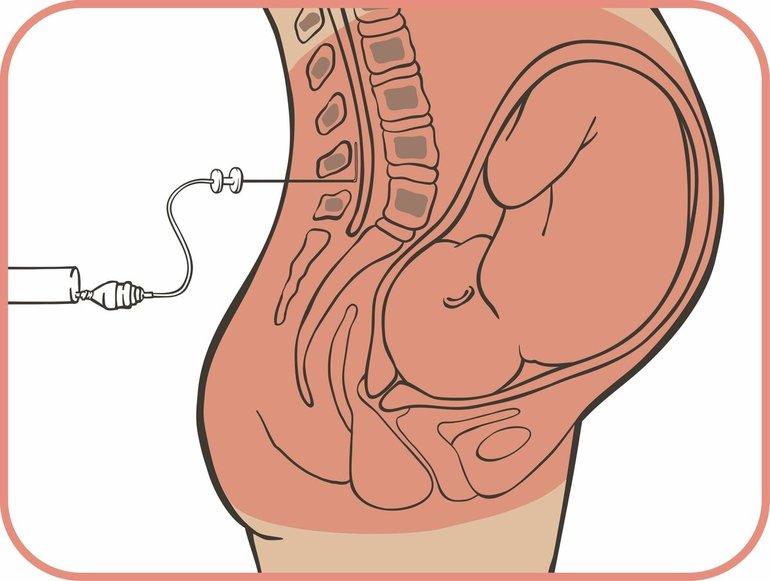
Read more on Pregnancy, Birth & Baby website
Pain Relief in Labour and Childbirth
Read more on RANZCOG - Royal Australian and New Zealand College of Obstetricians and Gynaecologists website
Childbirth - pain relief options - Better Health Channel
Understanding your pain relief options can help you cope better with the pain of childbirth.
Read more on Better Health Channel website
Choosing where to give birth
Advice on choosing where to give birth, including a midwifery unit or birth centre, hospital or at home, and what to expect from private and public care.
Read more on Pregnancy, Birth & Baby website
Labour complications
Even if you’re healthy and well prepared for childbirth, there’s always a chance of unexpected problems. Learn more about labour complications.
Learn more about labour complications.
Read more on Pregnancy, Birth & Baby website
Common myths about giving birth
There is usually no shortage of people willing to share their stories about giving birth, but not everything you hear will be true.
Read more on Pregnancy, Birth & Baby website
Caesarean Section - Birth Trauma
Being abdominal surgery, pain in the early months is very common after a caesarean section (C-section) and needs to be managed with rest, pain relief, and
Read more on Australasian Birth Trauma Association website
Disclaimer
Pregnancy, Birth and Baby is not responsible for the content and advertising on the external website you are now entering.
Need further advice or guidance from our maternal child health nurses?
1800 882 436
Video call
- Contact us
- About us
- A-Z topics
- Symptom Checker
- Service Finder
- Linking to us
- Information partners
- Terms of use
- Privacy
Pregnancy, Birth and Baby is funded by the Australian Government and operated by Healthdirect Australia.
Pregnancy, Birth and Baby is provided on behalf of the Department of Health
Pregnancy, Birth and Baby’s information and advice are developed and managed within a rigorous clinical governance framework. This website is certified by the Health On The Net (HON) foundation, the standard for trustworthy health information.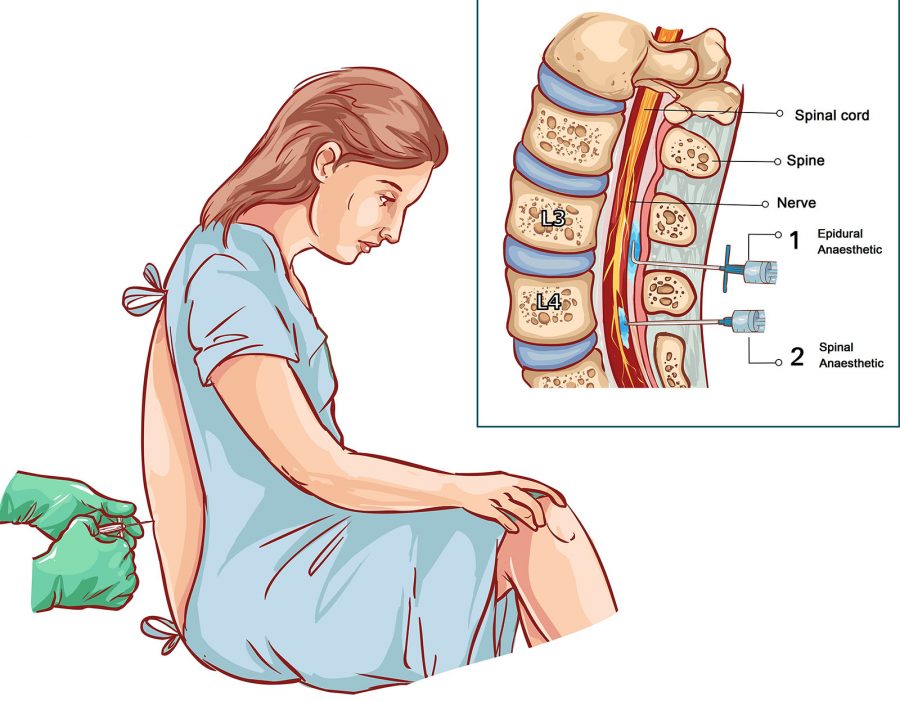
This site is protected by reCAPTCHA and the Google Privacy Policy and Terms of Service apply.
This information is for your general information and use only and is not intended to be used as medical advice and should not be used to diagnose, treat, cure or prevent any medical condition, nor should it be used for therapeutic purposes.
The information is not a substitute for independent professional advice and should not be used as an alternative to professional health care. If you have a particular medical problem, please consult a healthcare professional.
Except as permitted under the Copyright Act 1968, this publication or any part of it may not be reproduced, altered, adapted, stored and/or distributed in any form or by any means without the prior written permission of Healthdirect Australia.
Support this browser is being discontinued for Pregnancy, Birth and Baby
Support for this browser is being discontinued for this site
- Internet Explorer 11 and lower
We currently support Microsoft Edge, Chrome, Firefox and Safari.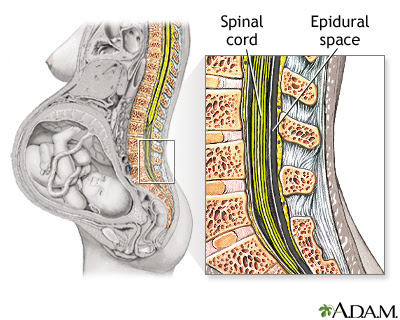 For more information, please visit the links below:
For more information, please visit the links below:
- Chrome by Google
- Firefox by Mozilla
- Microsoft Edge
- Safari by Apple
You are welcome to continue browsing this site with this browser. Some features, tools or interaction may not work correctly.
Not Found (#404)
Paracelsus Medical Center
Page not found.
The above error occurred while the Web server was processing your request.
Please contact us if you think this is a server error. thank you.
Leave feedback Write to management
Please wait, download may take time
Loading...
You know which doctor you want to book
You know the service you want to book
Service selection
A second consultation is considered to be a consultation of one specialist within 30 days from the date of the previous appointment. On the 31st day from the previous visit to a specialist of this profile, the consultation will be primary.
On the 31st day from the previous visit to a specialist of this profile, the consultation will be primary.
The choice of a specialist
Service selected:
Choosing a specialist service
A second consultation is considered to be a consultation of one specialist within 30 days from the date of the previous appointment. On the 31st day from the previous visit to a specialist of this profile, the consultation will be primary.
Address selection:
st. Vikulova, 33, building 2 st. Bolshakova, d. 68
Vikulova, 33, building 2 st. Bolshakova, d. 68
Date selection:
Time of receipt:
Password
Password
Register Can't login? account activation
To gain access to your personal account, enter the e-mail that was specified during registration, we will send instructions for password recovery
To gain access to your personal account, enter the e-mail that was specified during registration, we will send instructions for reactivating your account
Your application has been accepted, our specialists will answer your question as soon as possible!
Telephone
Commentary
By clicking on the confirmation button, I agree with personal data processing policy
Dear patients!
Multidisciplinary Clinic and Maternity Hospital "Paracelsus" informs you, according to the Letter of the Ministry of Finance of the Russian Federation to the Federal Tax Service dated March 25, 2022.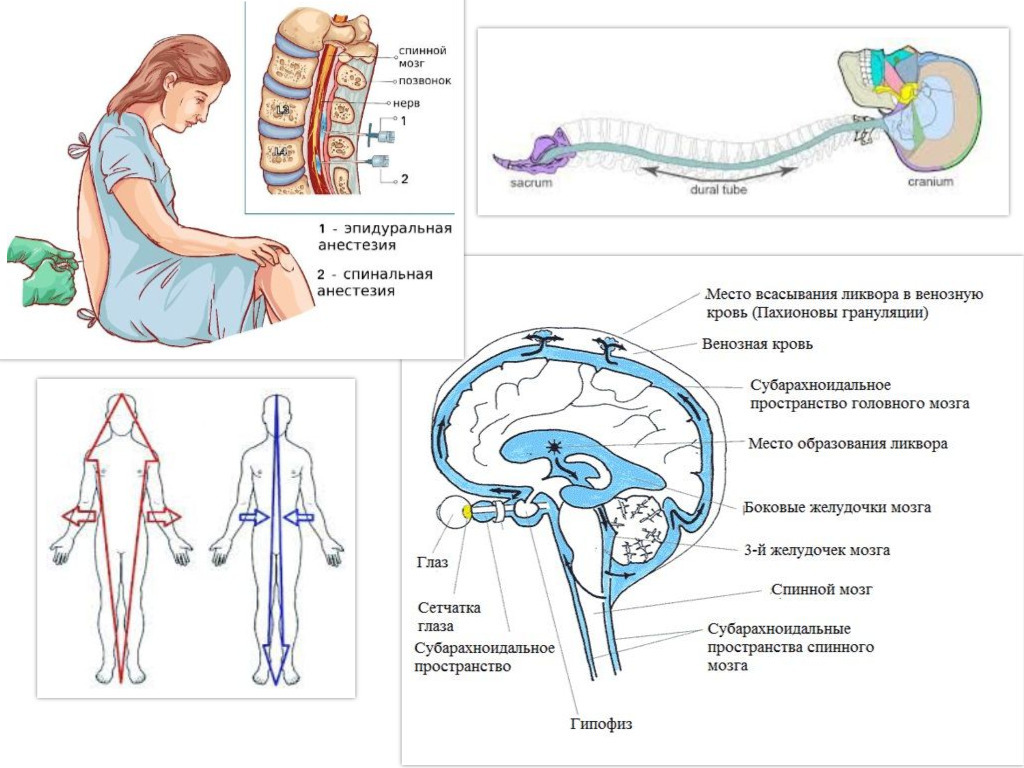 N BS-4-11 / 3605, that subparagraph 3 of paragraph 1 of Article 219 of the Tax Code of the Russian Federation provides for the taxpayer's right to receive a social tax deduction in the amount paid by him in the tax period for medical services provided by medical organizations engaged in medical activities , him, his spouse, parents, children (including adopted children) under the age of 18, wards under the age of 18 (in accordance with the list of medical services approved by the Government of the Russian Federation).
N BS-4-11 / 3605, that subparagraph 3 of paragraph 1 of Article 219 of the Tax Code of the Russian Federation provides for the taxpayer's right to receive a social tax deduction in the amount paid by him in the tax period for medical services provided by medical organizations engaged in medical activities , him, his spouse, parents, children (including adopted children) under the age of 18, wards under the age of 18 (in accordance with the list of medical services approved by the Government of the Russian Federation).
Joint order of the Ministry of Taxation of Russia and the Ministry of Health of Russia of July 25, 2001 N 289 / BG-3-04 / 256 (hereinafter - the order of July 25, 2001) approved the form of the Certificate of payment for medical services for submission to the tax authorities of the Russian Federation (hereinafter - the Certificate payment for medical services).
This certificate certifies the fact of receiving a medical service and its payment through the cash desk of a healthcare institution at the expense of the taxpayer.
Thus, if the taxpayer submits to the tax authority a Certificate of payment for medical services, the taxpayer's failure to submit the relevant contract for the provision of medical services and (or) documents confirming payment cannot be grounds for refusing to provide such a deduction.
The amounts are based on payment data. Therefore, checks, an agreement and a clinic license are not needed to make a deduction.
Sample certificate attached.
Help Sample
Your application has been accepted, our specialists will contact you shortly!
Telephone
Comment
By clicking on the confirmation button, I agree with personal data processing policy
Deputy Director for Medical Activities of the Multidisciplinary Clinic "Paracelsus"
Makeev Alexander Anatolyevich
Telephone
Comment
By clicking on the confirmation button, I agree with personal data processing policy
media about INVITRO.
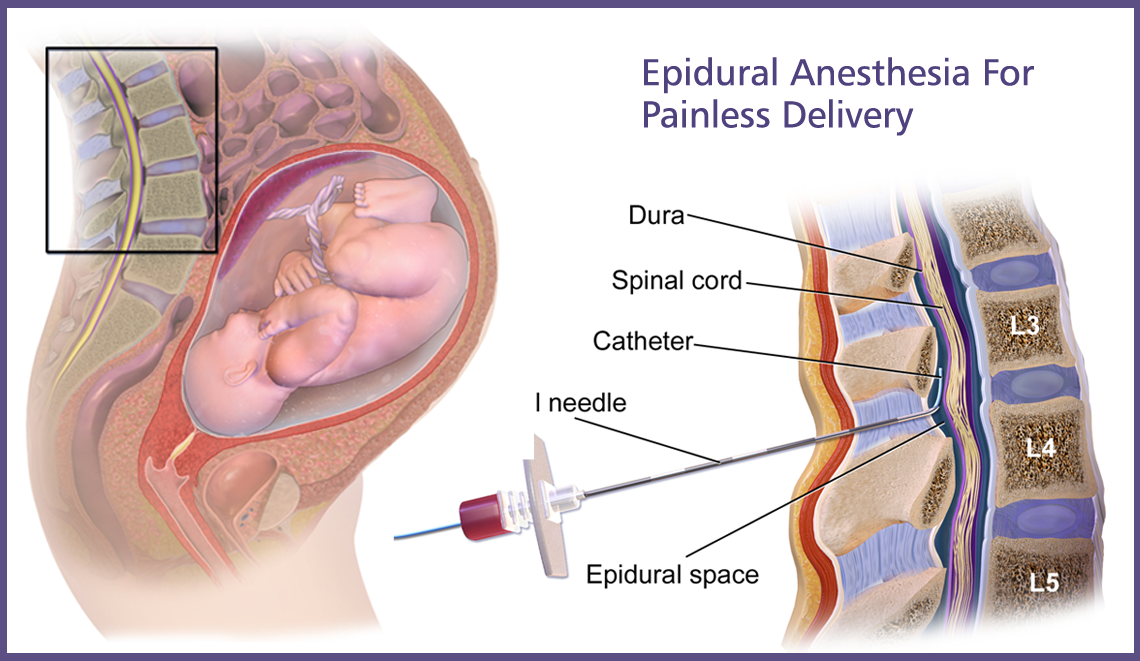
Olesya Butuzova
Any pregnant woman is waiting for childbirth - the long-awaited moment of meeting her baby. However, many also experience a contradictory feeling - fear. As a rule, most women who have heard enough stories of "experienced" girlfriends are afraid of pain. That is why a modern pregnant woman thinks not only about the name for the future crumbs, but also about ... pain relief. The most common and, perhaps, the favorite method of pain relief during childbirth is currently epidural anesthesia.
The essence of this method of pain relief is the injection of a local anesthetic under the dura mater of the spinal cord, where the roots of the spinal nerves pass. By "stunning" them, you can save the pregnant woman from pain.
Why is epidural anesthesia good?
Epidural anesthesia is not in vain so popular among both obstetrician-gynecologists and women in labor. It eliminates the pain and gives the woman the opportunity to rest. With a small injection of the drug, the woman in labor can move independently without experiencing discomfort. During the caesarean section, the mother is conscious and does not miss the wonderful moment of the first meeting with the baby.
With a small injection of the drug, the woman in labor can move independently without experiencing discomfort. During the caesarean section, the mother is conscious and does not miss the wonderful moment of the first meeting with the baby.
As a rule, the administration of the drug is carried out in doses, it arrives directly for its intended purpose - to the nerve roots, therefore, the dosages are minimal. All this allows the liver to quickly cleanse the blood and dispose of the remnants without missing the medicine to the baby. Thus, epidural anesthesia is practically safe for the baby.
Pain relief only?
Initially, the purpose of epidural anesthesia was not to facilitate the process of childbirth for mothers, but to stop certain threatening conditions.
- Thus, epidural anesthesia has a number of beneficial effects:
- Eases the pain of childbirth and gives the woman the opportunity to rest and gain strength for the important period of attempts.
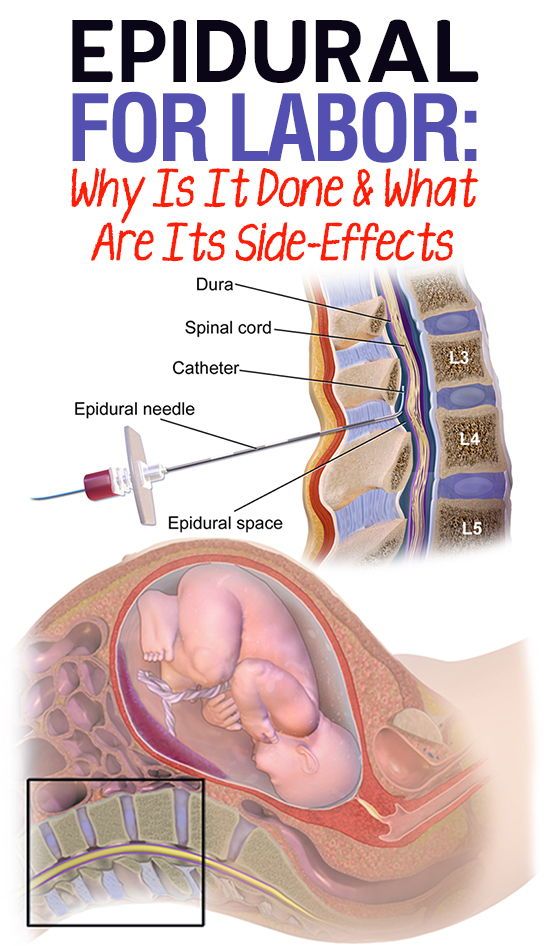
- Reduces high blood pressure, hyperventilation of the lungs and adrenaline levels, which has a calming effect on the body. Epidural anesthesia facilitates the opening of the cervix and reduces trauma during preterm labor, coordinates contractions and the work of the muscles of the uterus.
- Well, and, most importantly, such pain relief is much safer than the use of intravenous drugs.
How is the procedure performed?
In order to puncture, the doctor must first position the pregnant woman correctly (which can be difficult with painful contractions). It is recommended that the woman in labor sit on a chair, facing the back or lie on her side, curled up.
The puncture site is carefully cleaned with antiseptic solutions to minimize the risk of infection.
The skin and subcutaneous tissue are punctured with a local anesthetic to numb the insertion of a needle under the dura mater of the spinal cord.
With a special needle, the doctor enters the epidural space and passes a catheter through it, through which the drug is delivered.
Medical indications for epidural anesthesia:
- Caesarean section.
- Diseases of the heart, including defects, - the load on the heart decreases.
- Diseases of the kidneys.
- Diabetes mellitus.
- High blood pressure. Epidural anesthesia helps to reduce it.
- Preterm pregnancy. Epidural anesthesia helps to relax the muscles of the pelvic floor and reduce the resistance exerted by the baby's head. The baby comes out smoothly and gently.
- Discoordination of labor - a condition in which contractions become irregular, frequent, painful and unproductive. They exhaust a woman, but do not contribute to the birth of a child. Epidural anesthesia puts in order the tone of the uterus and muscle contractions, thereby coordinating labor activity.

But epidurals are not for everyone. There is a whole list of contraindications to such anesthesia.
Our expert
Alla Misyutina, doctor of the INVITRO Medical Offices Department
. However, epidural anesthesia is one of the preferred methods of anesthesia in obstetrics. The onset of action of this pain relief is gradual and slow. Pain relief usually develops 10-20 minutes after epidural administration and may be continued until the end of labor as additional doses of drugs can be administered through the epidural catheter. After childbirth, the catheter is removed and after a few hours all sensations return to normal. Anesthesia involves a complete blockage of sensations and movements, it is used more often during a caesarean section.
Epidural analgesia is sometimes performed during childbirth, with the help of which only painful sensations are removed. Then the nerves responsible for motor functions remain partially in working order, and if desired, the woman can move - roll over, sit down, stand. Contractions become painless and are felt by the woman in labor only as pressure below, on the rectum. With a competent approach of doctors - gynecologists and anesthesiologists - the risk is minimal. Obstetrician-gynecologists widely promote this type of pain relief, and many women easily agree to its use.
Contractions become painless and are felt by the woman in labor only as pressure below, on the rectum. With a competent approach of doctors - gynecologists and anesthesiologists - the risk is minimal. Obstetrician-gynecologists widely promote this type of pain relief, and many women easily agree to its use.
About side effects
But, like any other useful medical manipulation, epidural anesthesia is not without side effects.
The most common is lowering blood pressure. This is fraught with impaired placental blood flow and hypoxia, that is, oxygen starvation in the baby.
The second serious reaction may be allergic. To prevent anaphylactic shock at the beginning of the procedure, a trial administration of the drug is carried out. If the woman in labor felt pain, burning or itching in the puncture area, then the doctors “cover up” the anesthesia with antiallergic drugs.
When pierced, the drug may enter the spinal canal, which is fraught with difficulty breathing and a drop in blood pressure. It is also possible to injure the roots of the spinal nerves and pain in the limbs. When the drug is injected under the dura mater of the spinal cord, there is a risk of getting into the epidural veins. In such cases, severe complications develop - a sharp drop in blood pressure, heart rhythm disturbance and dizziness. Often this situation is accompanied by numbness of the tongue.
It is also possible to injure the roots of the spinal nerves and pain in the limbs. When the drug is injected under the dura mater of the spinal cord, there is a risk of getting into the epidural veins. In such cases, severe complications develop - a sharp drop in blood pressure, heart rhythm disturbance and dizziness. Often this situation is accompanied by numbness of the tongue.
Bacteria entering the puncture site can lead to meningitis.
If the dura mater is damaged and, as a result, cerebrospinal fluid enters the epidural space, headache may occur. It appears a few days after childbirth and can last up to a month and a half.
With regard to side effects on the part of the child, this may be respiratory depression, dysmotility, difficulty sucking.
However, I would like to note that according to statistics, all these complications are rare.
Thus, epidural anesthesia is an effective way of pain relief during childbirth, helping the mother to gain strength before meeting the baby.

